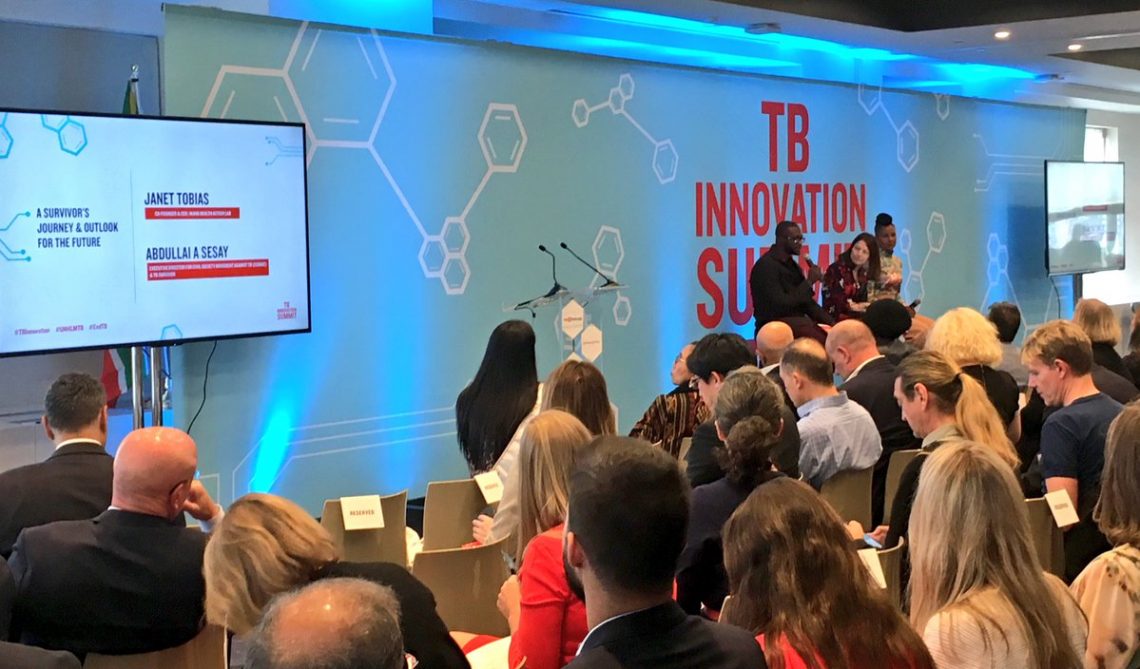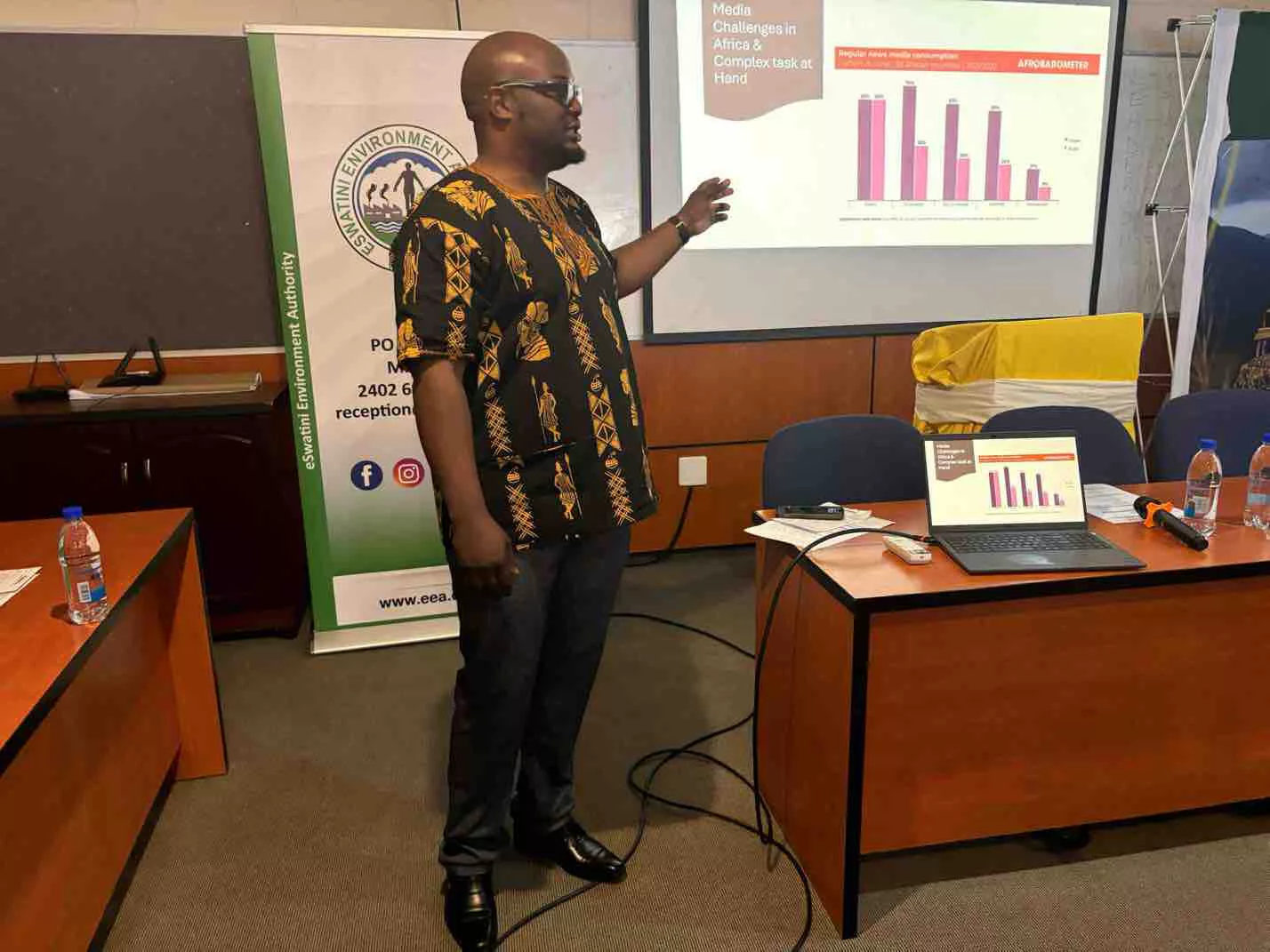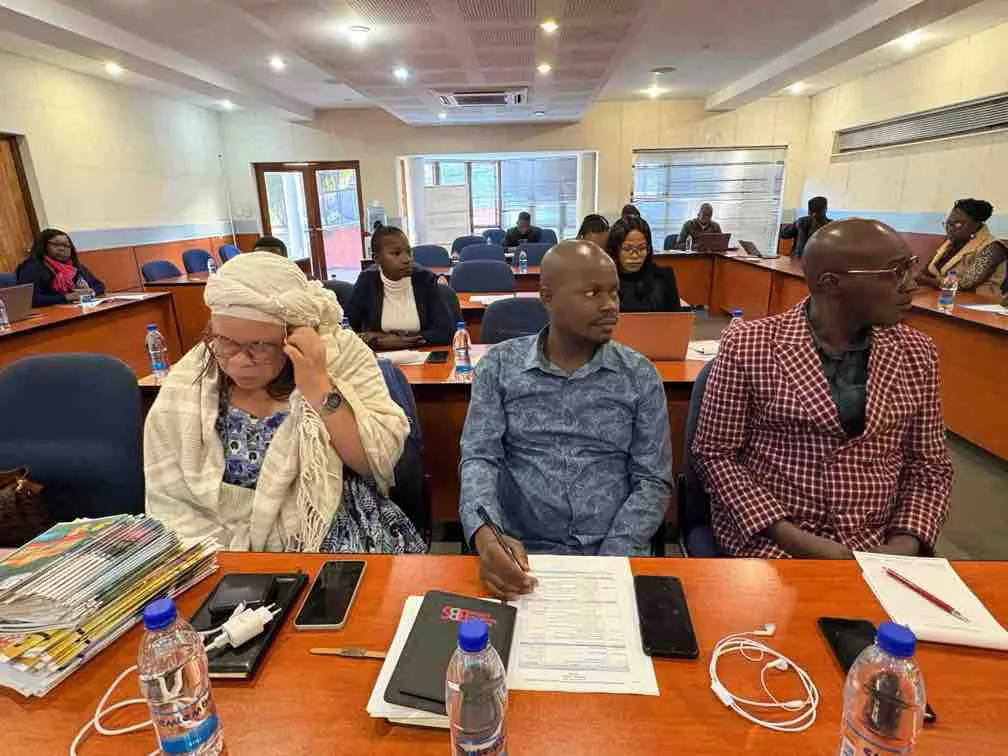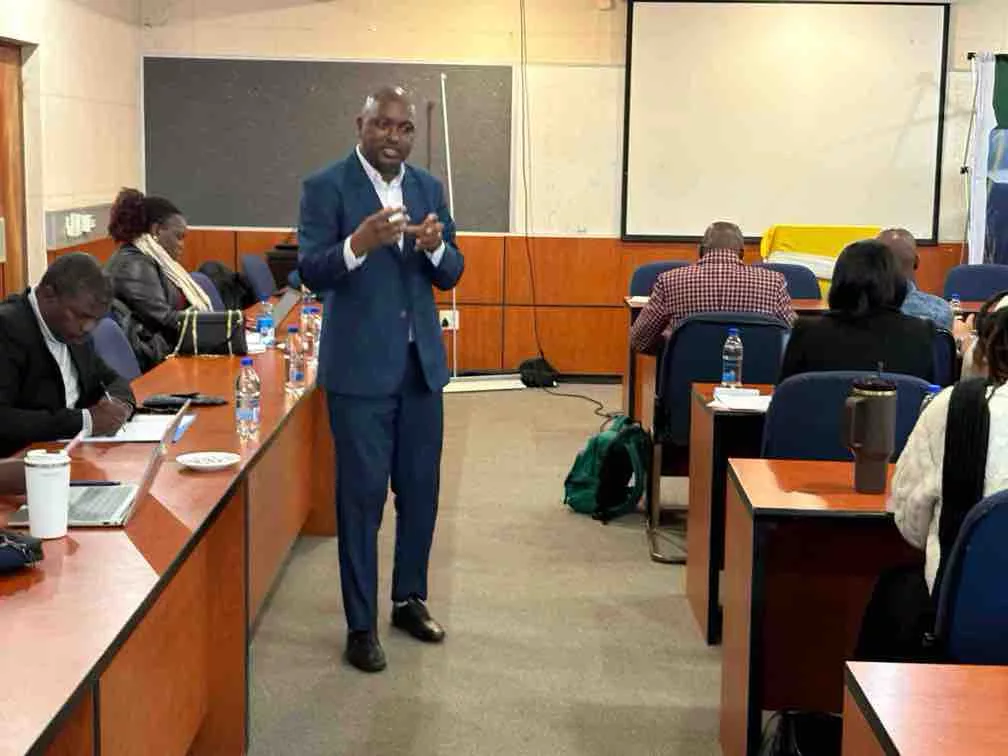IAS statement to global leaders
Together we can prevent 2 million deaths by 2022
Tuberculosis (TB) is the leading killer of people living with HIV: it causes 40% of all HIV deaths worldwide. Every year, we lose almost half a million family members, friends and colleagues living with HIV to TB. But there is no reason for anyone to die from this curable disease. This is a problem that we can and must solve by more rapid prevention, diagnosis and treatment of TB in people living with HIV. The first-ever United Nations High-Level Meeting on TB will take place in September this year. It is an opportunity for governments, the private sector, civil society and affected communities to take decisive action on co-infection with TB and HIV.
The TB and HIV epidemics fuel one another, but efforts to eliminate this “deadly duo” have lagged. It is estimated that nearly a quarter of the world’s people are infected with the bacteria that cause TB. Most people infected with TB have a 5-15% lifetime risk of progressing to TB disease. However, for people living with HIV, the risk of progressing to TB disease is 15-30 times higher. We know that most people on HIV treatment are now able to live long and productive lives, but this alone will not prevent 400,000 people living with HIV from dying of TB each year.
No one should die of TB, and every person living with HIV has a right to access quality TB prevention, diagnosis and treatment. People living with HIV must be evaluated for TB disease using state-of-the-art screening and diagnostic tools. They should be treated promptly and appropriately if they are found to have TB. We must also make it possible for far more people to get TB preventive therapy. Together with HIV treatment, preventive therapy can reduce the risk of TB disease in people living with HIV by up to 90%. Successfully tackling TB in people living with HIV will require concerted and focused efforts by political leaders, country programmes, partners, communities and individuals.
The TB and HIV communities must call upon heads of states and governments to attend the UN High-Level Meeting on TB and commit to the following five actions which together can:
• Combat TB stigma and empower people through knowledge of their TB and HIV status.
• Improve multidisciplinary services according to World Health OrganiSation guidelines.
• Increase access to services and uptake of early detection and treatment of TB in people living with HIV.
The five actions are:
1. Transform the TB/HIV response to be more equitable, rights based and people centred.
2. GalvaniSe stakeholders at all levels, and ensure effective use of all available resources to address TB/ HIV co-infection.
3. Reach all people living with TB/HIV co-infection by eliminating gaps and barriers in access to prevention, diagnosis and treatment.
4. Accelerate the development and implementation of new prevention, diagnostic and treatment tools and technologies to address TB/HIV co infection.
5. Commit to rigorous monitoring and evaluation of programmes that are in place, and ensure that TB/HIV targets are included in country-level accountability frameworks.
Pledge to intensify and accelerate TB/HIV efforts to save the millions at risk!






